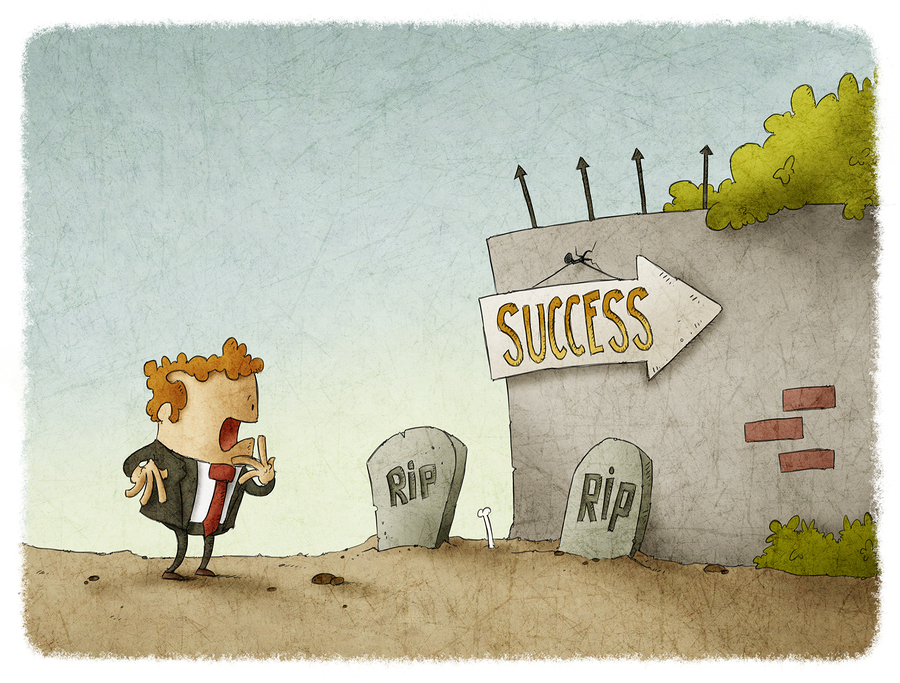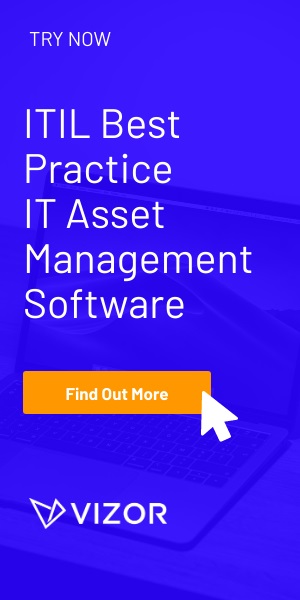Software End-of-Life Planning
Planning for the end of software’s life is no easy feat. With the EOL comes transition pain in various forms, and software products these days come with a predefined EOL that must be adhered to and thus properly planned for. When the software vendor provides an end-of-support date, a migration is necessary to a new version of the software or entirely new software, both of which require significant investment in changing business processes and moving data to a new platform. Here are some examples of frustrations involved with the EOL of software:
– Large reimplementation project for new software with similar functionality
– Various upgrades & system changes that disrupt integration efforts
– Lengthy (months/years) implementation, often with delays
– Significant & sometimes unexpected costs of license transferral
In order to ease the pain, some tools exist that may help your organization plan for software EOL. Change requests are plentiful during an EOL migration, and software such as Vector Change Manager provides a framework for the process of dealing with initiation, planning, and execution of any change within the organization. This allows every stakeholder to be involved in the changes resulting from an EOL migration. Additionally, an IT Asset Management tool such as License Manager provides ample support for End of Life software. By integrating with purchase and supplier information, the tool will notify you of upcoming EOL dates well in advance, allowing you to prepare early for an often lengthy transition.
So, what happens if you do not adhere to a software vendor’s EOL? Why do you have to endure all of this switching pain to a new version of software that works perfectly fine, just because the vendor says so? Well, if you fail to do so, some misfortune may come creeping your way. Your organization will be at risk of being non-compliant if it does not switch over at end of support. For example, last April, Microsoft announced that they were ending support for Windows XP. The issue with not moving off software that has reached the end of extended support relates to security. Software still running after this date has no security patches, available updates, or third-party support, leaving it exposed to serious risks from hackers and malware. And that is not the only risk involved. Organizations that have compliance requirements in the financial industry or from other oversight bodies must keep their systems up-to-date with vendor-supported software in order to remain compliant. In some places, a data breach of this kind can even lead to lawsuits. Yikes! Even when the consequences aren’t legal, there is still a huge risk related to private information handling when running software that has reached end-of-life. Considering that Microsoft just implemented end-of-support for Windows Server 2003, firms that have not planned properly could find themselves in a similar dilemma. Preparation is prevention here!
The solution to all of this lies in two simple words: be prepared. The most significant steps you can take to remain compliant during software EOL are to prepare as early as possible with the proper software in place to help you, and to make migration and redeployment urgent matters. In order to do this, a variety of tools are available to keep you up-to-date on approaching EOLs and assist you in making transitions as smooth as possible.
Do you need a tool to manage Software Licenses?






